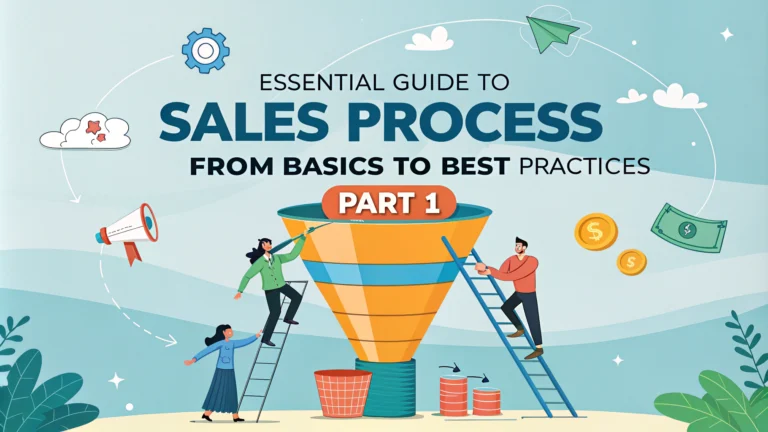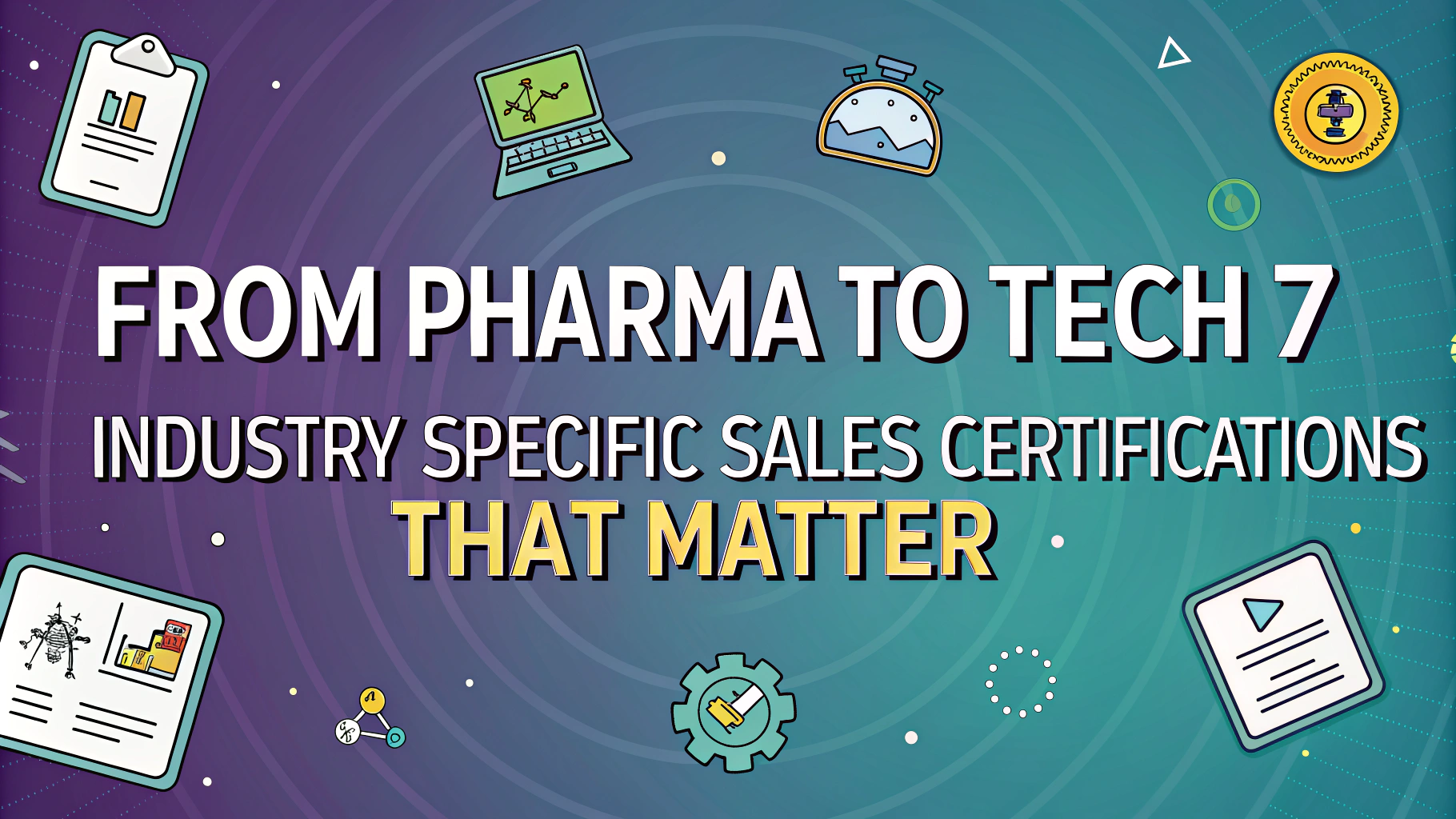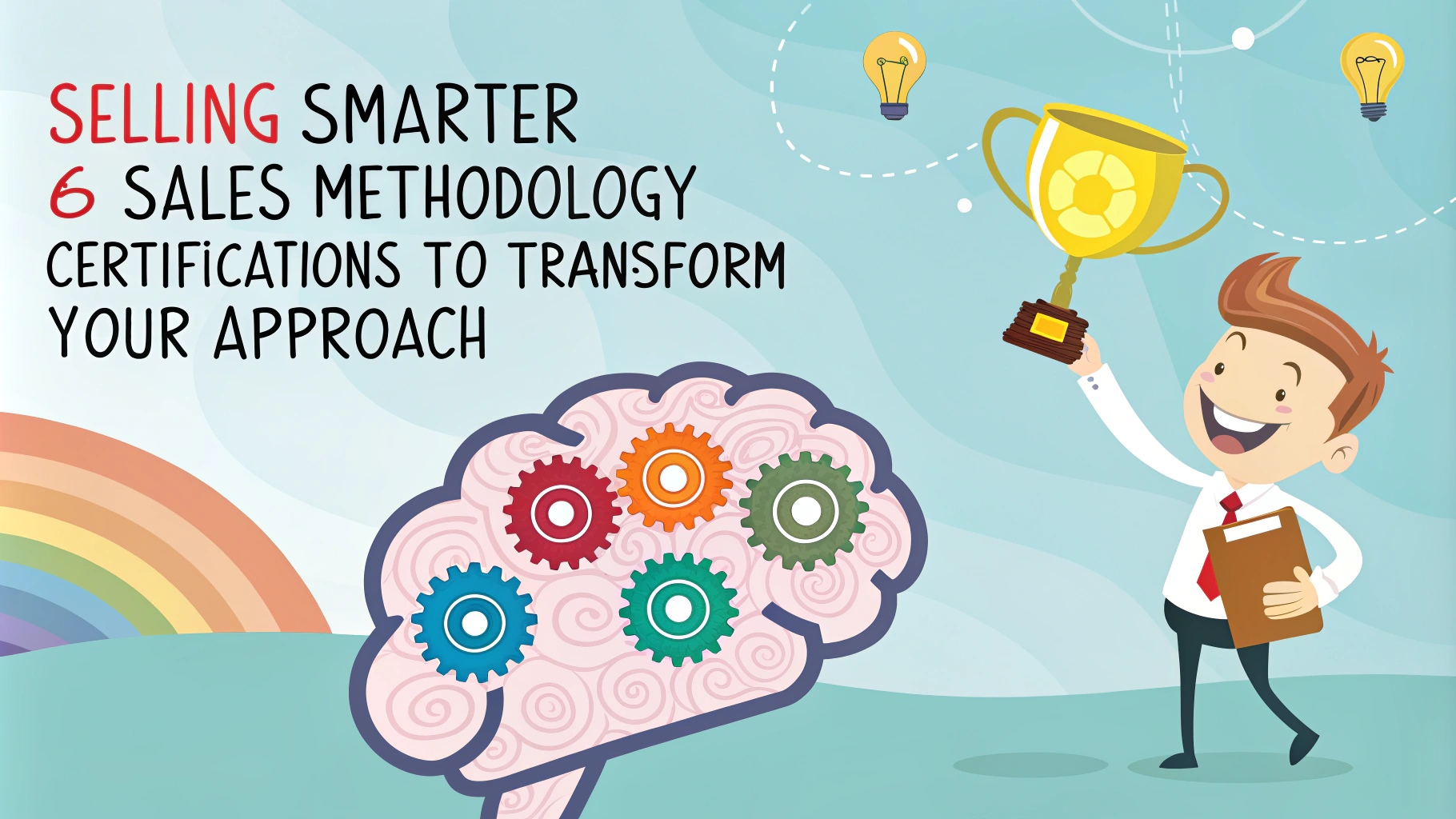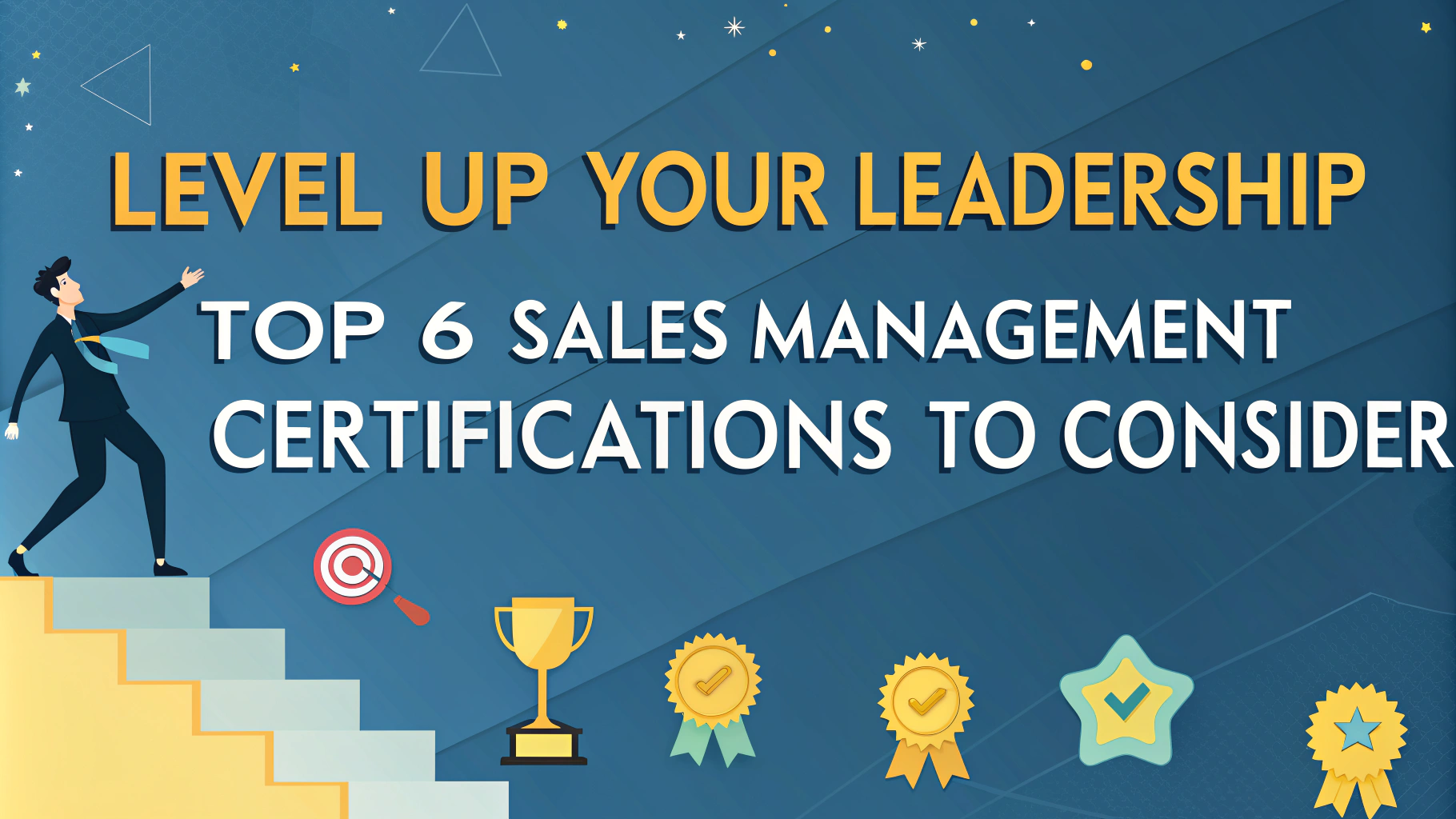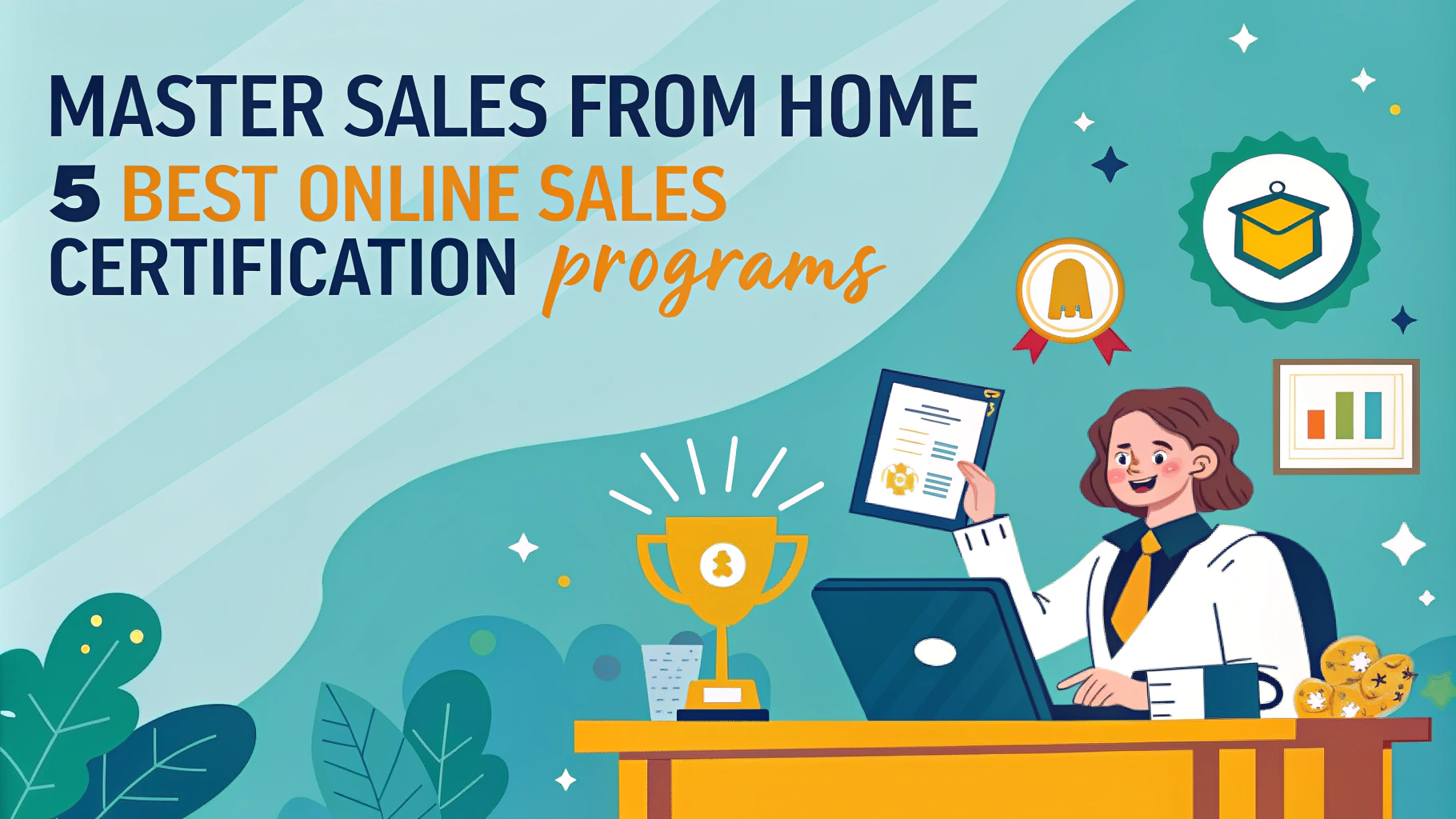Closing deals and hitting targets are crucial for any business. But how do you consistently achieve these goals? The answer lies in a well-defined sales process. This guide breaks down the essential steps and best practices to help you streamline your sales efforts and boost your bottom line.
Understanding the Sales Process
A sales process is a systematic approach to selling a product or service. It’s a roadmap that guides sales reps from initial contact with a prospect to closing the deal. Key benefits of a structured sales process include:
- Improved efficiency and productivity
- Consistent customer experiences
- Easier onboarding for new sales reps
- Better forecasting and pipeline management
Key Stages of an Effective Sales Process
While every business may have unique needs, most successful sales processes include these fundamental stages:
- Prospecting: Identifying potential customers
- Qualification: Determining if leads are a good fit
- Discovery: Learning about the prospect’s needs
- Presentation: Showcasing your solution
- Handling objections: Addressing concerns
- Closing: Securing the sale
- Follow-up: Ensuring customer satisfaction and seeking referrals
Tailoring Your Sales Process
One size doesn’t fit all when it comes to sales processes. To create an effective approach for your business:
- Analyze your current sales data and customer journey
- Identify bottlenecks and areas for improvement
- Align your process with your target market and industry norms
- Incorporate feedback from your sales team and customers
Remember, your sales process should be flexible enough to adapt to changing market conditions and customer preferences.
Leveraging Technology in Your Sales Process
Modern sales processes benefit greatly from technology. Consider implementing:
- CRM software: To track leads and manage customer interactions
- Sales automation tools: For repetitive tasks like follow-up emails
- Analytics platforms: To measure performance and identify trends
- Video conferencing: For remote sales presentations
These tools can help you streamline operations, improve accuracy, and free up time for your sales team to focus on building relationships and closing deals.
By understanding and optimizing your sales process, you’ll be better equipped to guide prospects through the buyer’s journey and achieve consistent results. In the next sections, we’ll dive deeper into best practices for each stage of the sales process and explore strategies for continuous improvement.
Overcoming Common Sales Objections
Sales objections are a natural part of the process. Successful salespeople know how to handle them effectively:
- Listen actively: Pay attention to the customer’s concerns
- Acknowledge: Show you understand their perspective
- Ask questions: Dig deeper to uncover the real issue
- Provide solutions: Address concerns with specific benefits
- Follow up: Ensure the customer is satisfied with your response
Remember, objections often signal interest. They’re opportunities to build trust and demonstrate value.
Common Objections and How to Handle Them
| Objection | Response Strategy |
|---|---|
| “It’s too expensive” | Focus on value, ROI, or offer payment plans |
| “We’re happy with our current solution” | Highlight unique benefits and ask about pain points |
| “I need to think about it” | Offer additional information or a limited-time incentive |
| “Now’s not a good time” | Explore reasons and schedule a follow-up |
Closing Techniques That Work
Closing is where many sales processes falter. Use these proven techniques to increase your success rate:
- Assumptive close: Proceed as if the sale is already made
- Summary close: Recap benefits and ask for the sale
- Choice close: Offer options to move the sale forward
- Urgency close: Create a reason to act now
- Question close: Ask if they’re ready to proceed
The best closing technique depends on your product, customer, and situation. Practice different approaches to find what works best.
Closing Do’s and Don’ts
| Do | Don’t |
|---|---|
| Be confident and direct | Be pushy or aggressive |
| Listen to customer cues | Ignore customer hesitation |
| Offer clear next steps | Leave the process open-ended |
| Follow up promptly | Neglect post-sale communication |
Nurturing Customer Relationships
The sale doesn’t end at closing. Building long-term relationships is key to repeat business and referrals:
- Follow up after the sale to ensure satisfaction
- Provide excellent customer support
- Offer additional value through content or resources
- Stay in touch with regular, non-sales communications
- Ask for feedback and act on it
Happy customers are your best salespeople. Invest time in nurturing these relationships to grow your business organically.
Customer Retention Strategies
- Implement a loyalty program
- Provide personalized experiences
- Offer exclusive deals or early access to loyal customers
- Host customer appreciation events
- Seek and showcase customer success stories
Continuous Improvement in Sales
The sales landscape is always changing. To stay ahead:
- Analyze data: Regularly review metrics to identify trends
- Seek feedback: From customers, team members, and lost prospects
- Stay updated: On industry trends and competitor offerings
- Invest in training: Continuously develop your team’s skills
- Experiment: Test new approaches and technologies
A culture of continuous improvement keeps your sales process sharp and your team motivated.
Key Sales Metrics to Track
| Metric | Why It Matters |
|---|---|
| Conversion rate | Shows overall sales effectiveness |
| Average deal size | Indicates value of each sale |
| Sales cycle length | Helps optimize process efficiency |
| Customer acquisition cost | Ensures profitability of sales efforts |
| Customer lifetime value | Guides long-term strategy and investment |
By focusing on these areas, you’ll create a robust sales process that adapts to market changes and drives consistent results. Remember, the key

